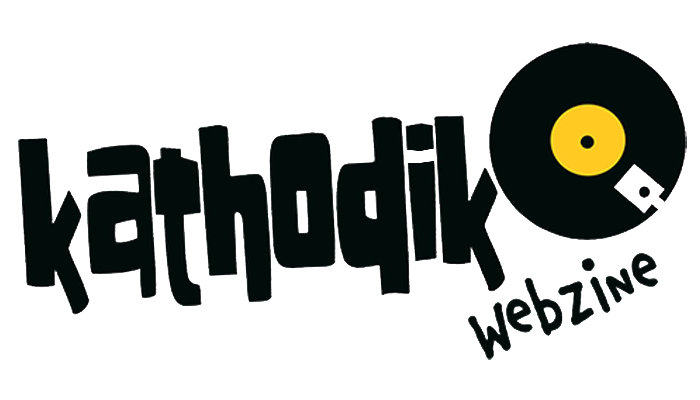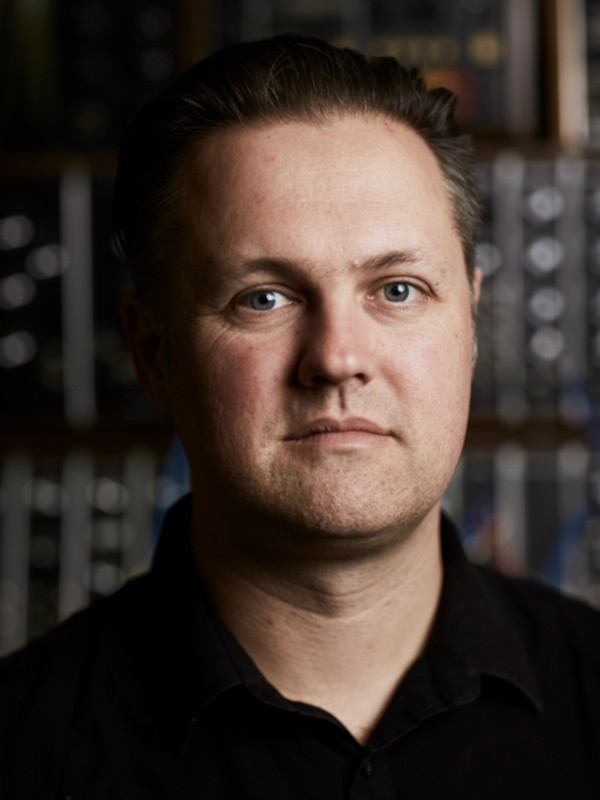
A new episode dedicated to the discovery of Research Centers, Museums and Recording Studios where electronic music in all its forms is studied and practiced. My journey started with the Museo del Synt Marchigiano (here you can find the interview). After that, I virtually moved to Fribourg in Switzerland, where I interviewed Vincent Borcard, director of the SMEM Swiss Museum for Electronic Music Instruments (the interview here). Thanks to him, I learned about a studio located in Australia: the MESS Melbourne Electronic Sound Studio. The co-director and co-founder of the firm is Byron Scullin. With him, I exchanged a few words. Before inviting you to read the interview, I would like to thank Moira Bernardoni for her help in translating from English to Italian:
When and why the MESS (Melbourne Electronic Sound Studio) was born?
MESS was born in late 2015 and opened in 2016. The idea for MESS came out of conversations around shared experiences that I and my Co-Director Robin Fox had been having over many years. These discussions were often about the state of electronic sound culture both here in Australia and internationally. The outcome was identifying opportunities that existed in areas such as access, education, diversity, artist support and representation. MESS was born out of a desire to create a space that could seize these opportunities by providing all people with an interest in electronic music with a location for inspiration, exchange and access to shared ancestry. We have a short video about MESS here.
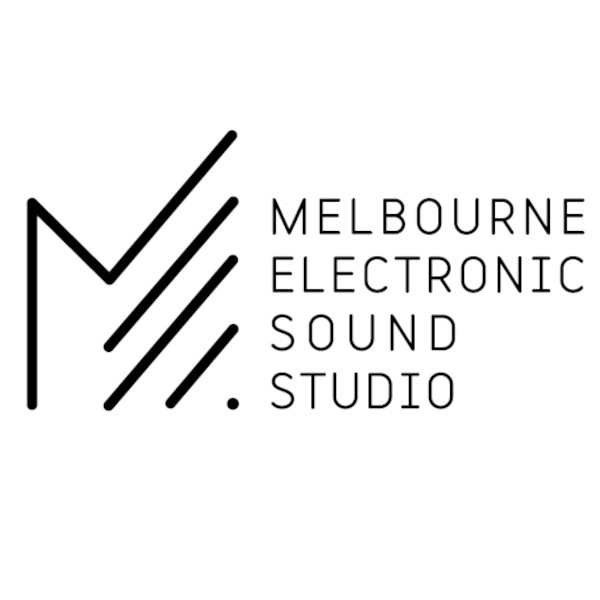 What was the initial inspiration?
What was the initial inspiration?
Our inspiration to start MESS has many aspects and if I was to start to unpack them all we’d be here for much too long! In short, I think we wanted to create a place that brought all the aspects of electronic sound culture together but in a way that was living and accessible to as many people as possible. We wanted something that was both a counterpoint and complement to contemporary practice. Today so much sound is made in a highly authorial way. That is to say that a person with a computer can create and distribute entire sound works by themselves. While this is an amazing and powerful thing, it also lacks something essential that history tells us about music-making – that music has largely been a communal and in-person activity. This atomisation means that many electronic artists lack opportunities to reap the benefits of human interaction and shared experience. MESS aims to bring people together around their shared love of electronic sound and music in all its forms. The huge collection of instruments and tools we’ve gathered together at the heart of MESS is really just a way to gather and centre the community. I think in this way we wanted to build on what started with electronic music workshops in the 60s’ and 70s’. Places like the INA GRM studios in Paris, WDR studio in Cologne, BBC’s Radiophonic Workshop and the EMS Studio in London. Unlike these studios, we wanted MESS to be as open as possible without the gatekeeping of an institution. I think we wanted to honour the somewhat utopian spirit that exists in electronic music culture. A space that welcomes all people to gather, experiment and play with sound. A place to make a mess of noise! We often say to people when talking about MESS, the larger and diverse amount of people we have at MESS the larger and diverse amount of music and sound we’ll have to hear.
How is the MESS structured? The Studio, the school?
MESS is broken down into four areas Studio, School, Show and Schematic. We’re fans of alliteration at MESS! Studio is focused on our instrument collection and physical space. It’s the centre of daily work at the studio and vital to all our activities. It ties into all other aspects of our structure. The main way people access MESS is by buying a membership that gives them access to the collection as well as all our other offerings. School is our education arm. This is all about artist-led teaching and learning that is not concerned with qualification but increasing artistic craft and creative capacity. Our mission here is to create modular and affordable classes that support and inspire creators. Show is concerned with the promotion of creative output from MESS. This is done via performances, shows, events, releases and so on. MESS has a strong commissioning and artist-in-residence program that are all tied to outcomes for Show. Lastly, we have Schematic. This is the most multifaceted part of MESS as it ties together our in-house maintenance and repair workshop as well as our archiving and history gathering aspects. In the near future, this will also become our public technical workshop that is focused on the engineering, design and construction of electronic tools. We want this to be a space where people can do anything; from repairing their own tools, to creating new instruments, to having access to a growing catalogue of information about any historical aspect of electronic sound creation. It’s an ambitious program, but one we think is needed and necessary.
Where is it?
MESS currently occupies a bunker-like space in an arts complex called Meat Market in the inner city of Melbourne. We thought the space was perfect as it captured something of the feeling of a hidden laboratory which spoke to those workshops from the 60s’ and 70s’. MESS was started on a shoestring budget and we are fortunate to have a city council that has a focus on the arts. As part of this, the council started a scheme called Creative Spaces that utilises unused spaces and makes them accessible and affordable for artists. The space we occupy came out of this program and size and affordability was a key aspect in making MESS viable.
What electronic instruments are there? What collections?
The MESS collection is large and covers the entire history of electronic sound. At this stage, the collection covers many thousands of items that cover the entire history of electronic sound creation. We believe our collection is the largest in the southern hemisphere. We have access to more instruments than our studio has space for, so less than 1/3rd of the collection is available to our visitors at one time. We recently completed a project with Google Arts and Culture that documented the instruments that were in the studio last year. MESS does not own all of these instruments. Many of them come from private collectors based in Melbourne who are all huge supporters of our mission. MESS has a policy of “preservation through use” and this policy is appealing to our supporting collectors. The idea is that all the objects in our collection are living instruments that are degraded by lack of use. We often make the parallel with classic cars. These objects are machines that are designed to be run and used. It is easier to do ongoing maintenance rather than undertake a full restoration if they have been sitting idle for too long. MESS has also been the recipient of other benefactors who have donated their collections to us.
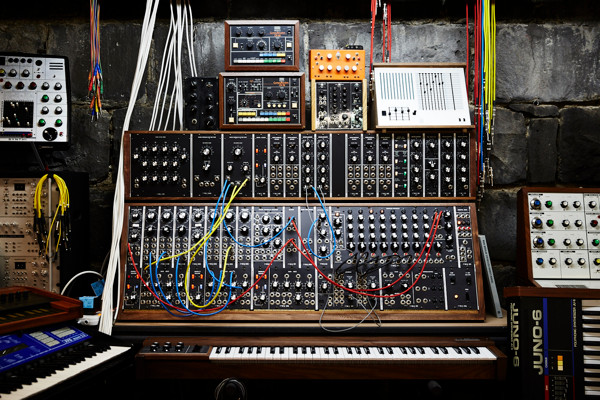
Can you give me some examples of interesting models you have at MESS? With regard to history, technology?
I think the most interesting items in the MESS collection are the ones that connect back to Australian electronic sound culture. Australian artists and designers played an important role in the development of the artform. We detailed these key stories as part of our Google project. For example, The Fairlight CMI is a perfect example of the impact Australian innovation has had on the world. The foundation of EMS as an instrument builder was also inspired by Australian artists and we are very fortunate to have one of the three ultra-rare EMS VCS-1’s in our collection. We also have some Australian-made rarities which you won’t find anywhere else in the world such as the Transaudio systems, exemplified by the Transaudio ProCase 6.
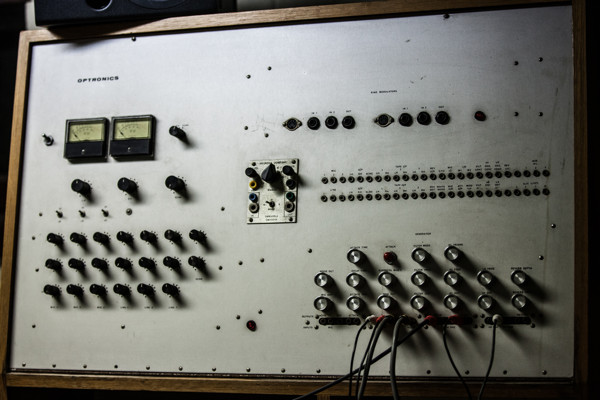
Is there any interesting anecdote around the Studio?
There are many interesting and wonderful stories to tell about MESS! I think one of my favourite stories relates to the aforementioned EMS VCS-1. It was given to my Co-Director Robin Fox by his step-father Jim Sosnin who was Australian composer Keith Humble’s technician. When Keith passed away many of his instruments found their way to Jim. Jim had passed the custom workstation of Keith’s that contained the VCS-1 to Robin many years prior to MESS starting. Being a man of few words, he hadn’t given Robin much context for what the workstation was. When I first started to get to know Robin I visited his home studio which was in a fairly exposed garage out the back of a suburban house in the Melbourne suburbs. I remember seeing the workstation on the shelf and asking Robin about it. He said, “Oh, it’s some old thing Jim gave me that belonged to Keith. I plugged it in and it makes some weird sounds. I don’t know if it’s really working or not.”. It was only later once we started working on MESS and after doing some research that we realised this workstation contained an incredibly rare and historically significant instrument. As far as we know the VCS-1 at MESS is the only one that is still in operation. This instrument was the prototype for the VCS-3 and the Synthi AKS. It’s crazy and a bit shameful to think that it was sitting in that dusty shed for all those years! This is not the only story we have a MESS of finding amazing instruments that were left in dumpsters, hidden in attics or found under beds!
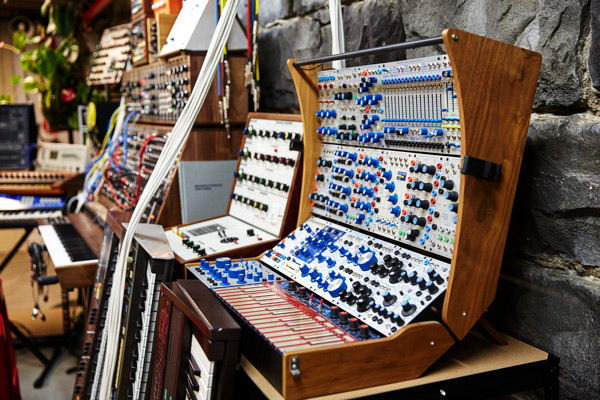
How can you live and interact with the Studio?
The easiest way to get access to the studio is for people to purchase a membership. This gives them access to book time at the studio in 4 hour sessions. The studio is open for 8 sessions a week. People can also pay for a one off session or arrange to come in for a visit or tour. MESS is nothing like a recording studio, it is an open plan workshop and can support many people working at the same time. The space has been designed to complement contemporary practice and is focussed on people bringing their own laptops and audio interfaces into the studio. In a typical session, people set up their laptop next to a machine or two from the collection. They are then free to use the machine as they wish to generate and capture as much sound as they like. They are then free to use these recordings on their pieces as they choose. If people don’t have any gear they can still use the collection and we can supply them with everything they need to capture their work. Our residency program expands on this, allowing artists to spend more time in the studio to go deeper into the collection and create more elaborate setups.
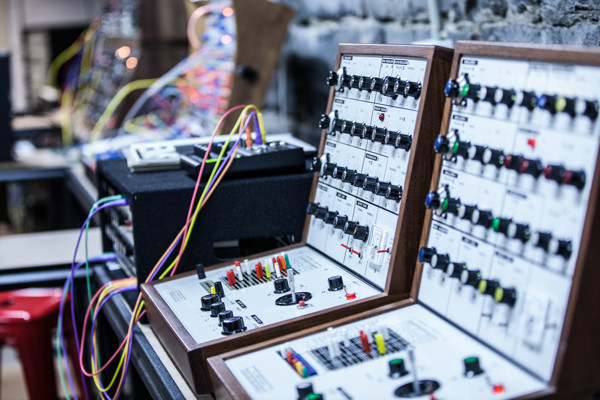
Is MESS open to external collaboration?
Yes! MESS wants to be open to as many people as possible and we are constantly looking at ways people can interact with us. For example later this year we are taking a small portion of our collection across to the coastal city Warrnambool and setting up a “mini” MESS to run a series of workshops and sessions. We are also starting up an incursion program where MESS goes into schools and institutions to teach people about electronic music through running workshops and jam sessions.
Do you anticipate possible developments in MESS (Melbourne Electronic Sound Studio)? For instance, a book or a documentary that would tell the story through interviews and videos?
Our greatest challenge with MESS is trying to make the most out of all the opportunities we can see. A problem for us is that we have some many great things we’d love to do, but we don’t yet have the time and resources to do them all! One thing we’d like to do is make what we do more accessible to people outside of Melbourne and Australia. One idea is to commission artists to work with the collection and make sample libraries for people to use. We’d like these libraries to be the opposite to an instrument recreation, but rather a collection of sounds led by an artist’s unique voice and their take on the MESS collection.
Future projects? Exhibitions, workshops, courses in progress?
As I said above, we have so many project ideas and many with plans. Right now two big things we’re doing is rebuilding our membership model to make access to the studio easier and more affordable. The second thing we’re looking at is moving to a new larger premises. While our space is great, MESS is expanding really quickly and one thing that is starting to hamper us is having more usable space. Our new space will house many more instruments and people as well as offer more workshops and courses for our school. It is a very exciting time at MESS right now, and Robin and I are both amazed at how far it has come in only 6 years.
Link: MESS Melbourne Electronic Sound Studio Home Page
Link: MESS Melbourne Electronic Sound Studio Facebook Page
Link: MESS Melbourne Electronic Sound Studio Twitter Page
Link: MESS Melbourne Electronic Sound Studio Instagram Page
